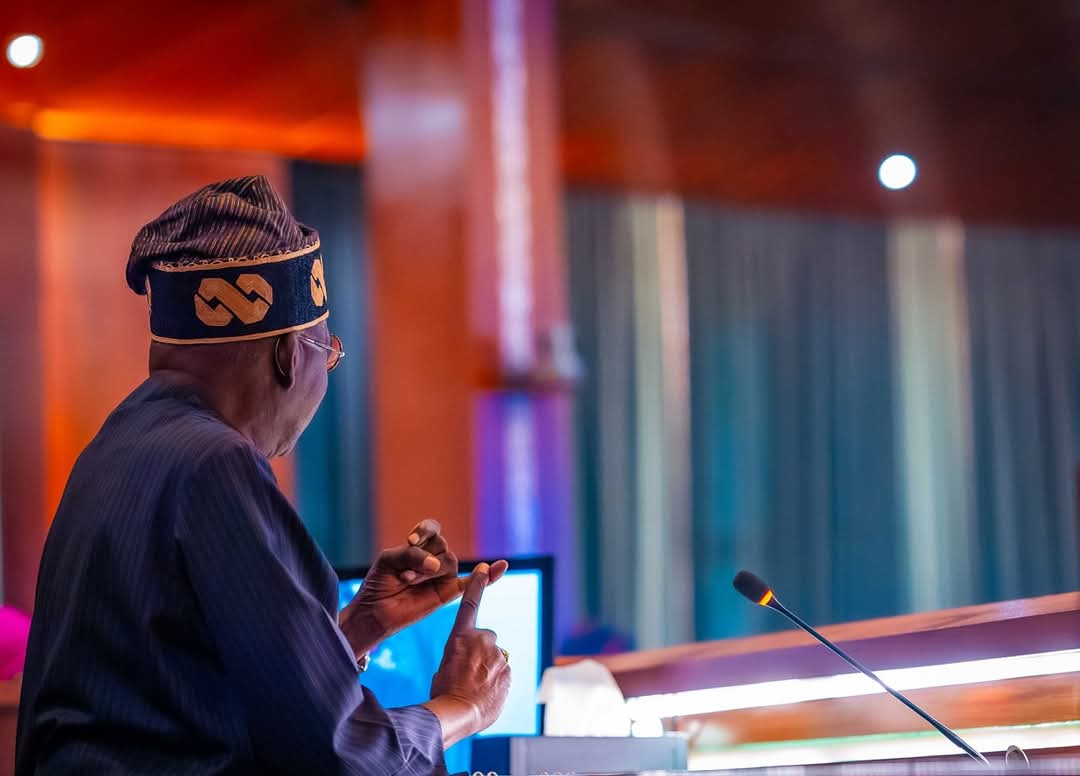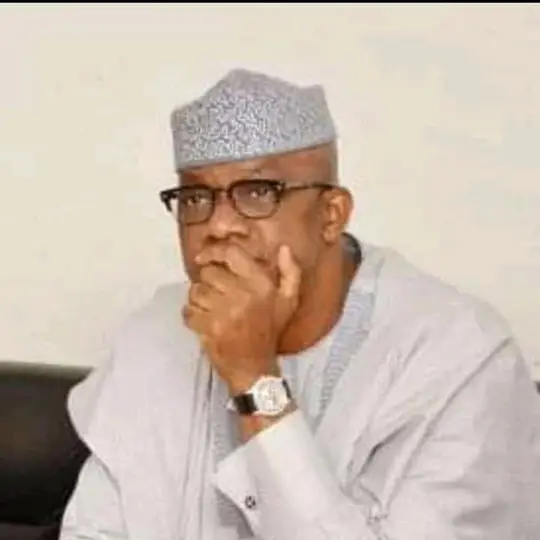
By: Prince Adedapo David Oluwadamilare,
INLG
In the vibrant and ever-evolving political landscape of Ogun State, fashion transcends aesthetics, it becomes a lexicon of identity, allegiance and ambition. Among the most iconic sartorial symbols is the signature political cap, a visual code used by prominent leaders to create a recognizable brand within the grassroots and beyond. From the era of Otunba Gbenga Daniel, through the tenure of Senator Ibikunle Amosun, to the current administration of Prince Dapo Abiodun, each governor has donned a distinct cap that became synonymous with their political personality and agenda.
Now enters Senator Solomon Olamilekan Adeola, nicknamed Yayi, a gubernatorial hopeful whose cap and its emblematic logo are already speaking volumes, long before any campaign poster or manifesto is unveiled. The cap, is not just a piece of fabric but a statement of intent. It captures both tradition and aspiration, making it not merely a headgear but a banner of vision.
Anatomy of the Emblem
At the heart of the cap lies a meticulously crafted logo: a large blue ‘Y’ encased within a laurel wreath, topped with a crest, and flanked by banners with the inscription ‘YAYI’ below. Each element of this insignia is steeped in semiotic and symbolic meaning, drawing from the lexicon of leadership, triumph and unity.
- The ‘Y’ stands unmistakably for Yayi, but it does more than identify. It unifies! It becomes a rallying point, a sigil that binds supporters together under a common cause.
- The laurel wreath, historically associated with victory and excellence, signals ambition and competence. It suggests that Yayi’s political trajectory is not just aimed at winning the ballot but achieving transformative governance.
- The crest atop the logo subtly evokes nobility and dignity, signifying a leadership style rooted in honor and statesmanship. Cap as Cultural Symbolism in Ogun Politics
To understand the power of the Yayi cap, one must appreciate its predecessors. Otunba Gbenga Daniel popularized the round, brimless Yoruba black cap, which became a badge of modernization blended with tradition. His followers wore it with pride as a token of loyalty and continuity. Senator Ibikunle Amosun took it a step further with his signature ‘Fila gogoro’ (Pented cap), a bold design that mirrored his resolute and sometimes impavid leadership style. Prince Dapo Abiodun, on the other hand, adopted a subtler, neatly tailored cap a symbol of the late sage, Obafemi Awolowo; a reflection of his technocratic and diplomatic approach to governance.
Each cap, unique in design and symbolism, became not just fashion statements but political dialects, a way for leaders to speak without speaking, to march without moving.
The Yayi Factor
Senator Yayi’s cap will not merely continue this tradition; it will redefines it. His design fuses elite aesthetics with grassroots relatability, making it accessible and aspirational at once. In a state that thrives on political visual identity, Yayi’s cap already casts a long shadow. It is a metonymy of his campaign: stylish yet substantive, traditional yet forward-looking. Moreover, the ubiquity of the cap among his supporters signals a movement in motion. It is the visible expression of a swelling tide, the calm before the political storm.
In culmination: Wearing the Future
As Ogun State approaches another electoral crossroad, symbols like Yayi’s cap will play a crucial role in shaping public perception and sentiment. While a cap may not govern, it crowns a narrative. And in the case of Senator Solomon Olamilekan Adeola, the narrative is clear: here stands a man ready to lead, with a vision boldly stitched into every stripe of his symbolic headwear.
Indeed, clothes may not make the man, but in the theatre of Nigerian politics, they often make the mandate. Yayi’s cap is not just a fashion choice; it is a herald of a potential future; a future worn with pride and most definitely, one to be worn in power.



